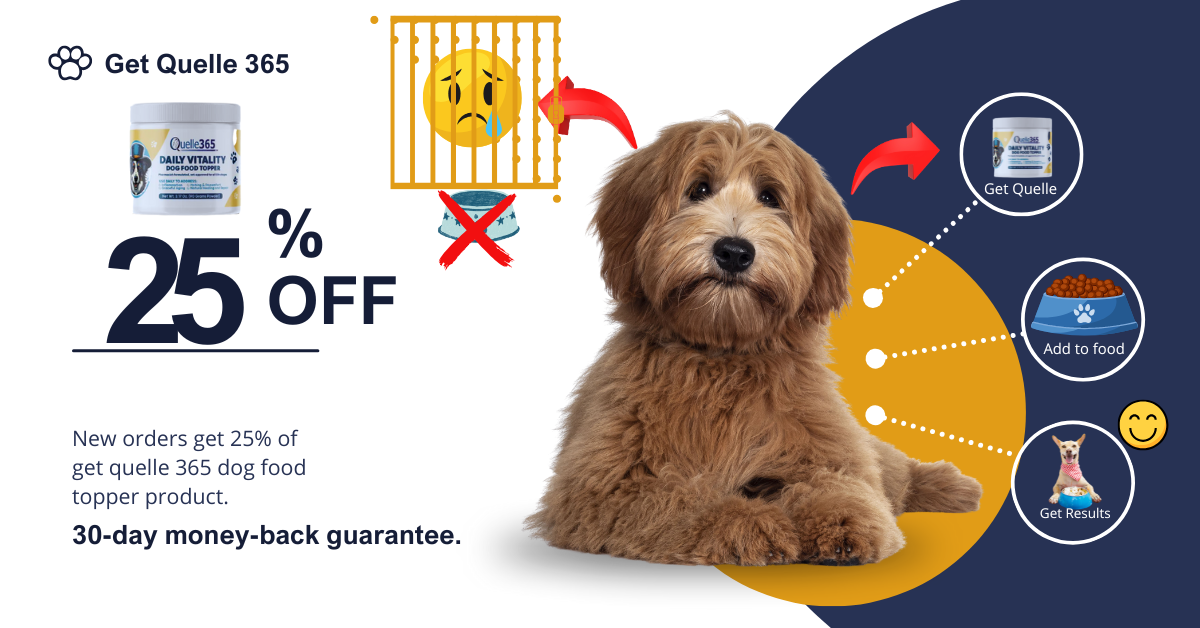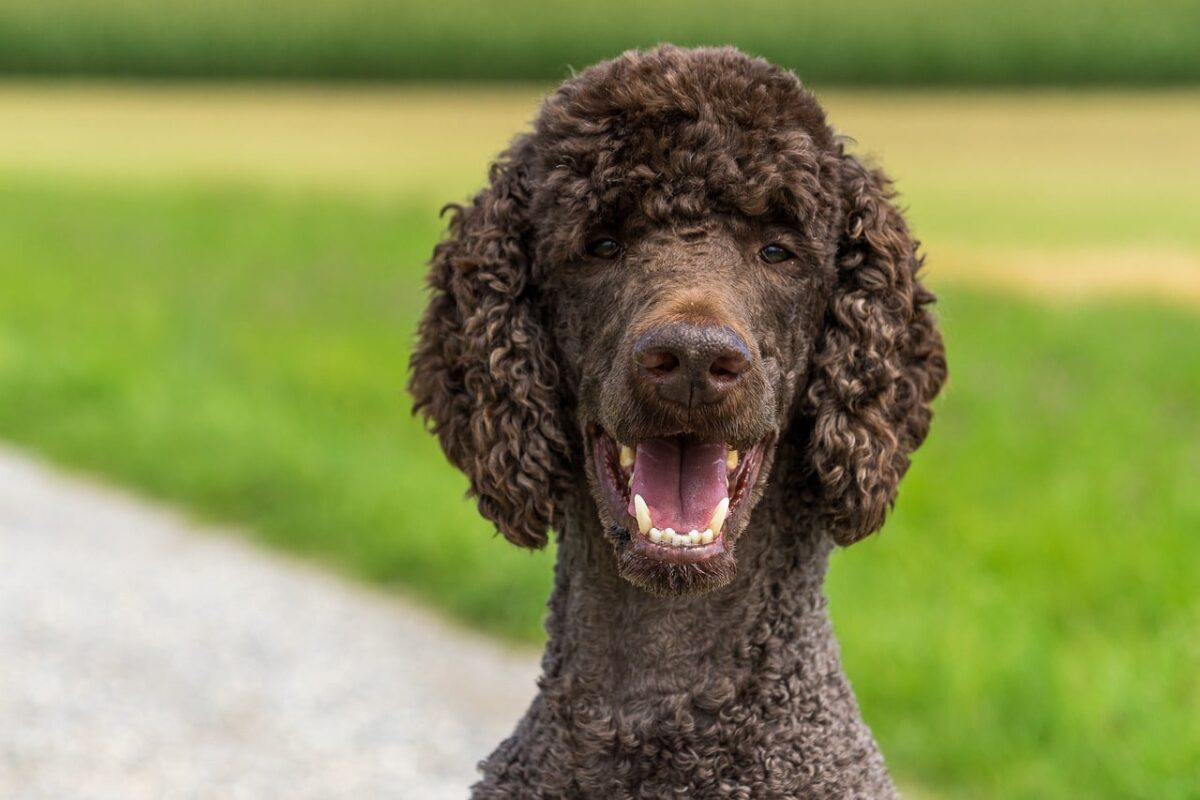Ever wondered why your dog is so fond of sniffing another’s pee? ‘The urine is the carrier service, the equivalent of Outlook or Gmail,' explains Laura Parker.
‘They barked to the north, they barked to the south, they barked to the east and west. And each time, they began with three very strange short sharp barks… All dogs know about the Twilight Barking. It is their way of keeping in touch with distant friends, passing on important news, enjoying good gossip.’
The Twilight Barking will be familiar to readers of Dodie Smith’s 1956 novel The Hundred and One Dalmatians and to those who grew up with the Disney animation. Pongo and Missis (renamed Perdy in the film version) bark to spread the message that their 15 puppies are missing. The news travels from Primrose Hill via the Great Dane ‘over towards Hampstead’ to reach a remote Suffolk village and soon the brave spotty-dog parents have their lead.
Barking is not the only way that dogs communicate. Much has been written about the meaning of our favourite pets’ vocal sounds, from whines and whimpers to horror-film howling. Stanley Coren, author of How to Speak Dog, identifies nine different types of sounds, including barking in strings of three or four with pauses in between. This, he says, is an alerting call, so Smith was on to something when she imagined how a distressed dalmatian might send out a mayday message. Yet barking mainly indicates the basic emotions, such as fear and excitement.
Far more complex is the information conveyed through another messaging system: scent. A dog’s sense of smell is at least 40 times more sensitive than ours and is used to decode signals from other dogs, including those left in urine. The sniffer can discern sex, age, diet and status from the merest dab of this fragrance.
“Dogs have paired pouches on each side of their anal sphincter that secrete liquid to mark territory”
Once the ‘peemail’ has been read, the recipient will frequently respond with a message of their own. Echoing social media, dogs can tune in to others’ conversations, get a picture of the habits and status of a creature they have never met, add a ‘like’ or engage in a bit of humble bragging by overmarking — spreading their own odours to overpower those of a competitor. The male dog lifts a leg to distribute its scent as widely as possible. A higher mark indicates a bigger dog: your terrier, rotating its hips to near vertical, is cockily doing its best to elevate its status.
At play here are pheromones, the chemicals that turn a mere whiff into fascinating correspondence. The urine is the carrier service, the equivalent of Outlook or Gmail. The body of the message, containing the news, is a dense combination of chemicals. Often, these are detectable only to those of the same species. A rabbit’s wee means far more to one of its own kind than it does to a passing predator.
Pheromones can be contained in liquid or gas and be carried by air or water. Animals produce pheromones in glands or sacs situated in prominent areas such as the head, the rump and their excretion points. Dogs have paired pouches on each side of their anal sphincter that secrete liquid to mark territory, as well as glands between the toes, which is why your dog can feel the urgent need to scratch the ground after defecating, especially if there is a female in heat nearby.
He wants to leave his mark. She, meanwhile, can carry 52 different chemical variations in her urine, enabling a male to discern precisely when she is ready to mate.
Credit: Alamy
Glamorous? Surprisingly, yes, since a Hollywood superstar agrees heartily with Mark Diacono about compost.

Credit: Getty Images/iStockphoto
It's one of the nightmare scenarios for a dog owner: a pooch who suddenly forgets that they're toilet trained. Ben

Credit: Alamy
An experience far from home prompts Martin Fone to delve into the history of laundry — including the rather unpleasants

Credit: Alamy
A single hen can produce about 10lb of manure a month and is the perfect compost accelerator – although Jason Goodwin









